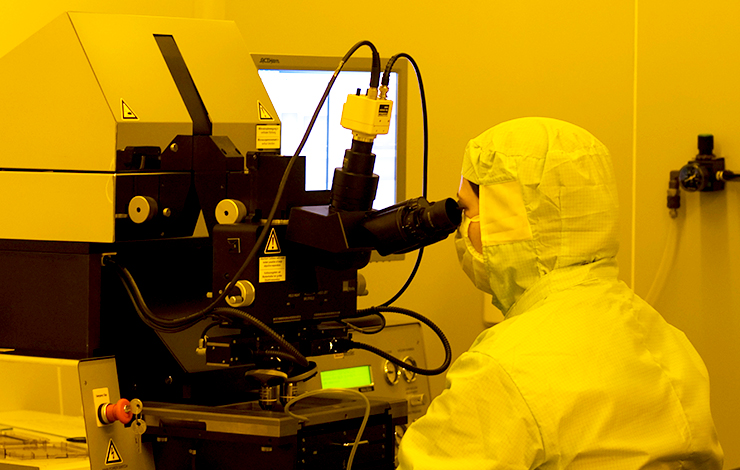


Evaluation of different methods for the estimation of the bitumen fatigue life with DSR testing
| Title | Evaluation of different methods for the estimation of the bitumen fatigue life with DSR testing |
| Publication Type | Journal Article |
| Year of Publication | 2016 |
| Authors | Pereira A a, Micaelo R a, Quaresma L a, Cidade MT b |
| Journal | RILEM Bookseries |
| Volume | 11 |
| Pagination | 1017-1028 |
| ISSN | 22110844 |
| Abstract | Asphalt fatigue cracking is one of the phenomena that contribute most to degradation of road pavements and it may initiate within the bitumen or at the bitumen-aggregate interface. The cohesive cracking resistance can be evaluated with bitumen testing. Commonly, the Dynamic Shear Rheometer (DSR) is used for bitumen testing. This paper presents an evaluation of different methods proposed in literature for the estimation of the bitumen fatigue life. A neat and a polymer modified bitumen (PMB) were tested with time sweep tests (continuous and discontinuous loading) and with incremental load amplitude (linear amplitude sweep test). The results are analysed with the traditional approach (N |
| URL | https://www.scopus.com/inward/record.uri?eid=2-s2.0-84942465487&doi=10.1007%2f978-94-017-7342-3_81&partnerID=40&md5=05426d39d97ca546f7bb53ea6190400e |
| DOI | 10.1007/978-94-017-7342-3_81 |








